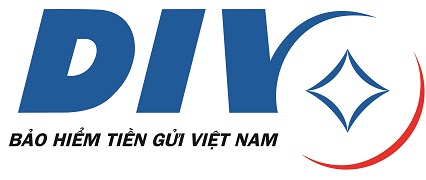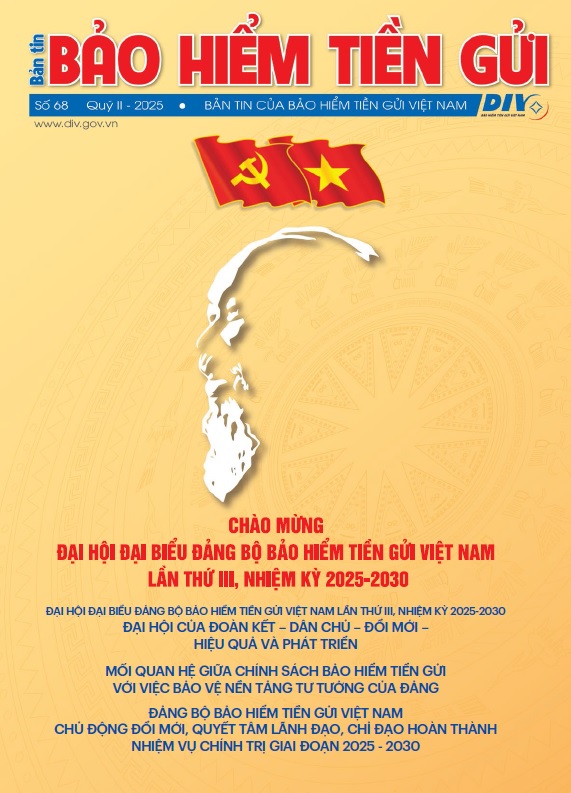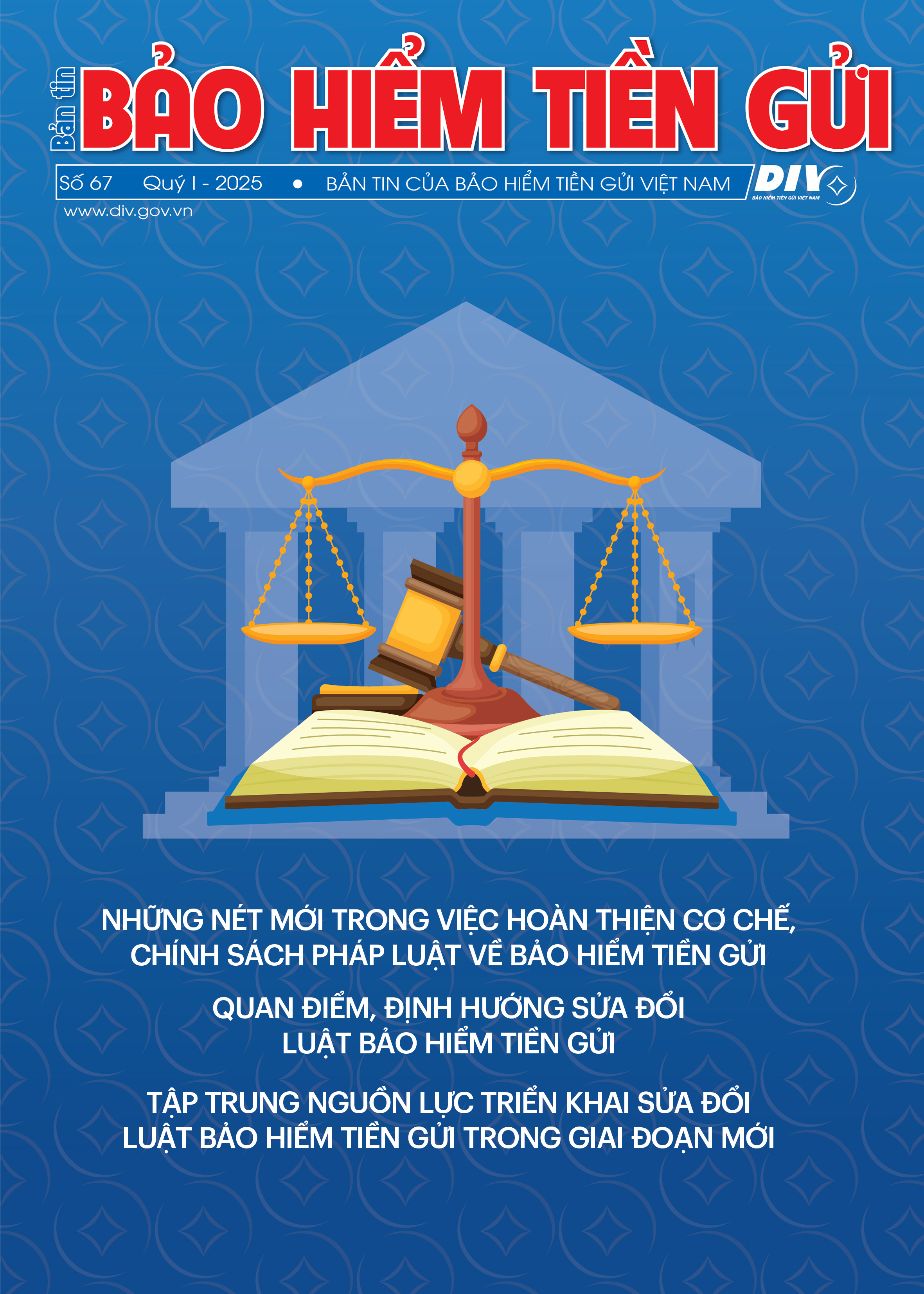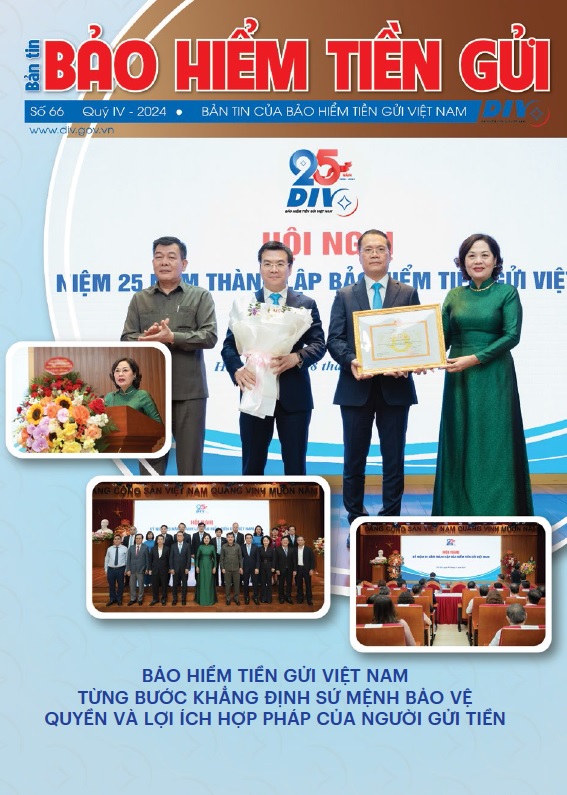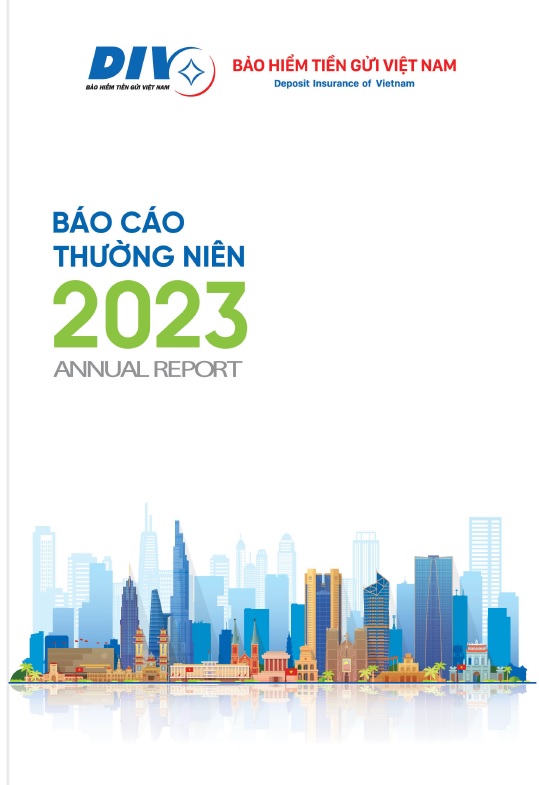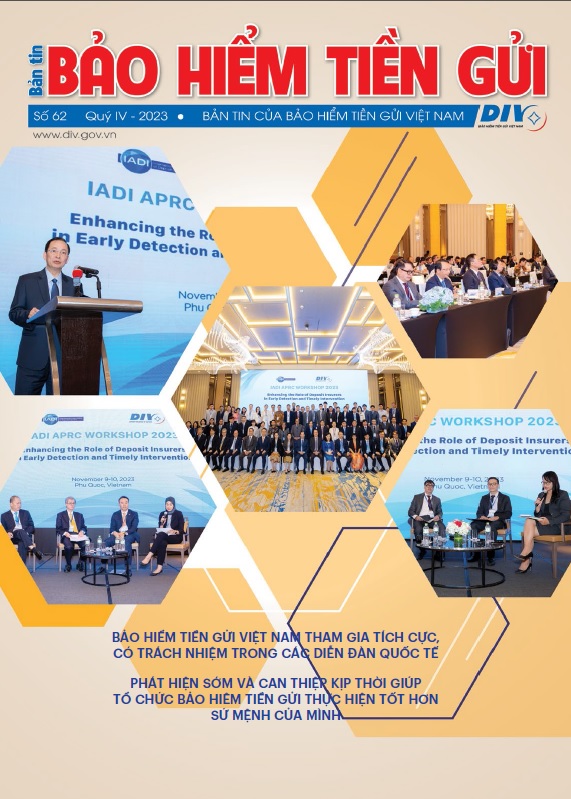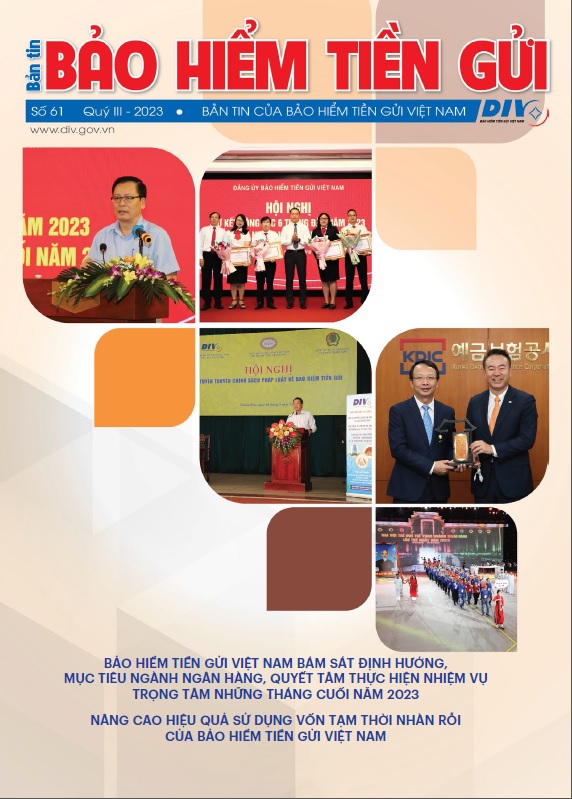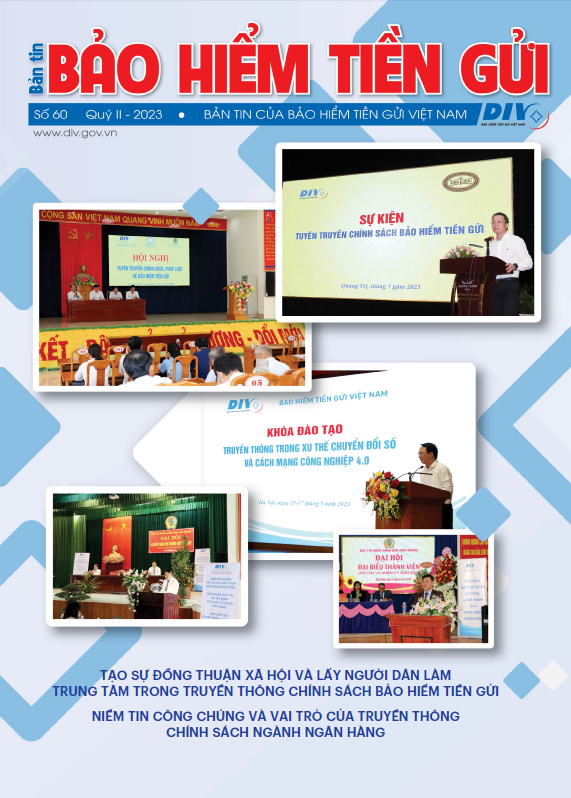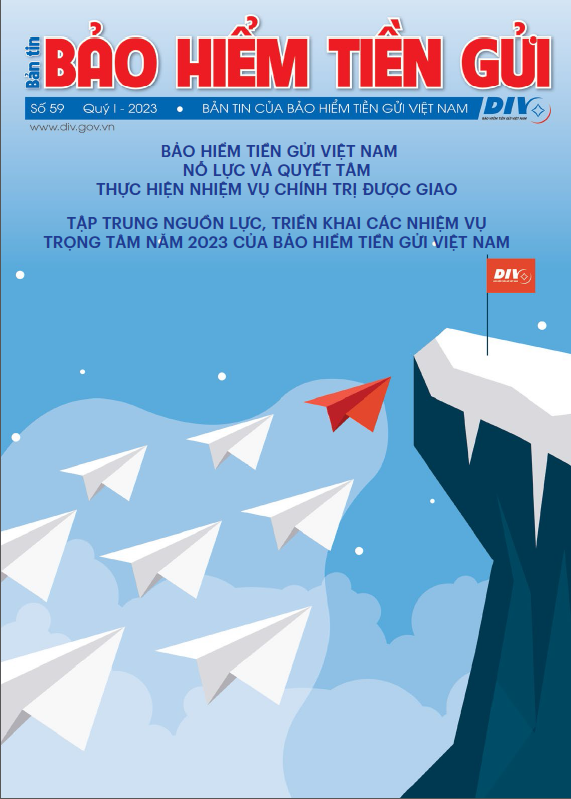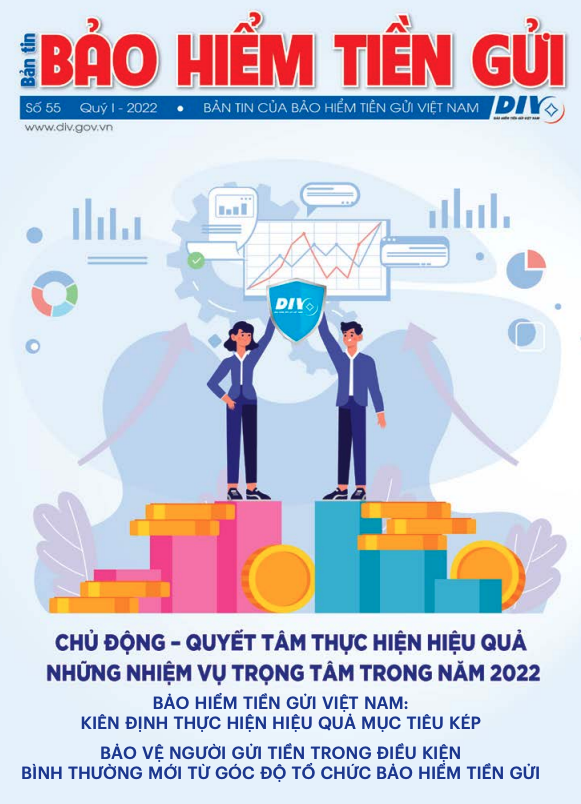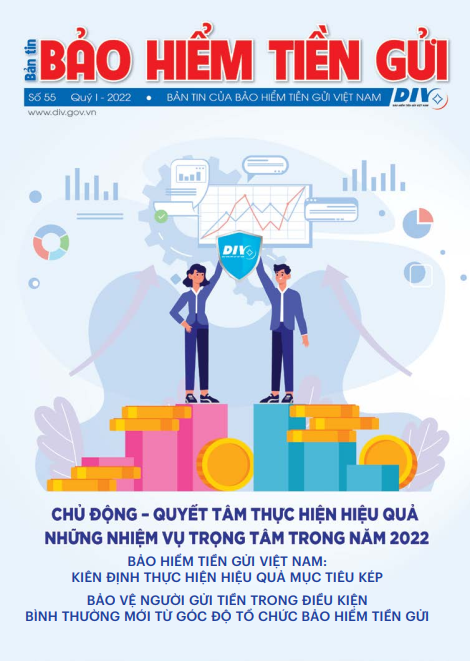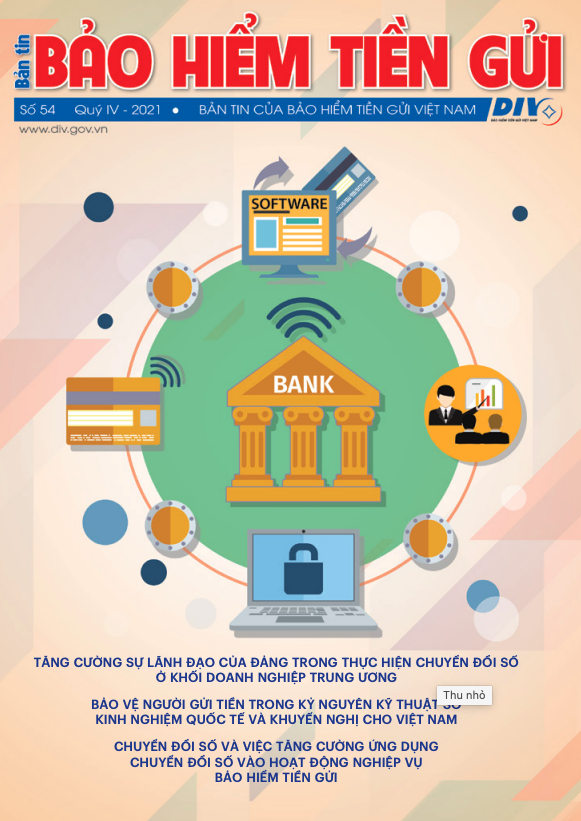The role of deposit insurers is becoming more and more important
In the line of past years’ trend, recent data affirms that responsibilities of deposit insurers continue to grow. The prevalence of pay-box mandates is continuing to decline to 20% now. Through the increasing share of the pay-box plus mandate, deposit insurers exhibit an increasing role in bank resolution. This does not necessarily mean that the depositor insurer has resolution powers itself. While on the rise, only 40% of deposit insurers also act as resolution authority. Significant improvements have been observed around efficiency of payout by deposit insurers.
About the mandates, as of 2021, only 20% of deposit insurers operate as a pay-box, suggesting that an overwhelming majority of deposit insurers is vested with a broader role beyond depositor reimbursement only. Approximately two thirds of deposit insurance systems contribute to resolution or have a multitude of tools available to ensure depositors remain protected also in a bank resolution scenario and stability in their jurisdiction’s financial system is retained during crisis periods. Risk minimisers, composing 15% of DI, also contribute to resolution but will generally have prudential oversight responsibilities in addition to meeting any payout obligations.
Over the past decade, a clear trend has emerged in deposit insurers’ system mandate. The proportion of pure pay-box systems has halved, falling from almost 40% in 2011 to approximately 20% today. This demonstrates an increasing role for deposit insurers in the resolution of banks. The mandate experiencing the most growth is pay-box plus. There may be multiple reasons for this evolution, ranging from newly introduced obligations for deposit insurers to contribute financially to resolution; to increased access by deposit insurers to additional bank resolution tools, which sees their mandate upgraded into the pay-box plus category.
Over 60% of deposit insurers are able to commence reimbursement within the prescribed seven-day window. This varies substantially by region. European jurisdictions are typically more likely to meet the seven-day requirement as specified in the Core Principles due to their need to adhere to the EU Deposit Guarantee System Directive. Payout efficiency is seen as a priority area of potential improvement for deposit insurers worldwide. Asia offers the most room for improvement, currently achieving commencement of the payout process without seven days in less than half of applicable jurisdictions.
Significant improvements have however been observed around payout efficiency. In short of ten years, the share of jurisdictions commencing payout within seven days has doubled, improving consistently from just over 30% in 2013. This offers a source of optimism among those seeking improved compliance with the IADI Core Principles. However, for this trend to continue, further efforts are necessary to engage with, and ultimately to resolve as far as possible, bottlenecks imposing some limitations on the capacity of a deposit insurer to reimburse at a velocity that meets the expectations set by the Core Principles.
In at least of 84% of cases, deposit insurers are ex-ante funded, whereby premiums are levied on member banks in advance of any failure. Some deposit insurance systems will levy additional or extraordinary premiums on the banking sector in instances where the deposit insurer’s fund has been depleted in a significant manner due to reimbursement and/or resolution activities (13%). Almost all deposit insurers thus exhibit at least partial ex-ante funding. This signals high compliance with the IADI Core Principles. Very few systems only are reliant on replenishing their fund solely via an ex-post methodology (3%). Over the past ten years, the share of deposit insurers applying flat premium systems has decreased. Half of deposit insurers now apply elements of differential premium systems.
The size of funds available differs significantly across deposit insurers. The lowest median fund sizes are to be found in Europa and the highest levels in the America. Individual fund sizes differ greatly. These differences may also mirror the considerable disparity between mandate or coverage levels of deposit insurers, which may impact directly on the size of funds deemed adequate.
Relating to the coverage limit, the highest levels of deposit insurer coverage occur in European jurisdictions, with median coverage around 60% of total deposits. This finding is contrasted against African jurisdictions where the median level of coverage is only 25% of total deposits. Differences in coverage may reflect regional particularities. In any case, coverage should be limited, credible and cover the large majority of depositors but leave a substantial amount of deposits exposed to market discipline.
Emerging issues that require the attention and solutions from deposit insurers
Climate change, financial technology (fintech), the COVID-19 pandemic, deposit insurers’ role in resolution, and cross-border considerations are the key emerging issues for deposit insurers in the coming years.
Climate change has become an intensively discussed topic in the international financial community and has accordingly been identified as a key emerging issue for deposit insurers as well. We identify five key challenges, ranging from the need to assess climate-related risks to operational resilience to exploring possible financial risks resulting from climate change to deposit insurers’ investment funds as well as potential reputational risks related to investment activities. Although still in its infancy, it is expected that climate change will continue to grow as an area of policy discussion for IADI and preparation for such discussion is of key strategic interest to the Association.
Fintech has the potential for fundamental and lasting changes in financial markets and is thus a key emerging issue of strategic importance for deposit insurers. As it may significantly impact on the use of insured deposits as well as on the financial conditions and risk profile of deposit insurer members, there is a self-interest for the deposit insurance community in following up on evolutions in the field of e-money, crypto-currencies, stable coins and central bank digital currencies (CBDCs). Moreover, fintech may affect deposit insurers in their core business. Fintech may be helpful in a number of areas such as reimbursement, risk assessment for differential premium systems, supervision or resolution. Fintech developments may also cause risks to deposit insurers emanating from unclarity as to the existence of coverage for new products and deposit insurers may face challenges regarding the operationalisation of any such coverage.
The COVID-19 pandemic continues to be an enormous driver of uncertainty, also to deposit insurers. Managing the risks associated with COVID-19 is an ongoing priority area of concern for deposit insurers. Although hitherto, the global financial safety net has proven very stable, and depending upon the further course of the pandemic, risks to deposit insurers stresses the importance of contingency plan testing. Recent IADI research finds statistically significant evidence that during the first six quarters of the pandemic, quarterly growth of covered deposits has shifted upwards by 1.5 %-points. Further investigation of the volatility of deposit flows is necessary.
The role of deposit insurers in bank resolution activities continues to expand, with access to a wider toolkit (beyond depositor reimbursement only), and a general decrease in prevalence of the relatively limited paybox mandate. In a growing share of now 70% of jurisdictions, the use of deposit insurers’ funds in non-payout resolution scenarios is subject to a least-cost rule. At the same time, the prevalence of resolution tools such as purchase and assumption, bridge banks and bail-in has grown. Despite this, only a minority of 40% of deposit insurance function as resolution authority.
The growing inter-connectedness of global financial flows and the increasingly borderless and digital nature of financial services make cross-border issues to become increasingly relevant for deposit insurers’ activities. In this context, the importance of cross-border arrangements between home and host deposit insurers has risen and is expected to continue to so in the future.
Situation in Vietnam
Over the past time, especially in the first 6 months of 2022, the banking industry has successfully completed the task of operating monetary policy proactively and flexibly, closely coordinating with fiscal and economic policies to control inflation in accordance with the objectives set by the National Assembly and the Government, thereby supporting the recovery and socio-economic development after the Covid-19 pandemic, ensuring the safety of the banking system's operation.
The banking system soon resumed normal operations after the epidemic to support the economy. Capital turnover has been accelerated, monetary policy is being operated stably. Capital flows continue to be mobilized, which is the driving force for the economy. Credit growth rate nearly doubled over the same period last year, showing that the economic and business recovery is positive. The exchange rate and foreign currency market are basically stable, the foreign currency status of commercial banks is stable. Digital transformation is very active, many new products from commercial banks promote non-cash and contactless payments. The project on restructuring credit institutions continues to be promoted, stabilized, and created favorable conditions for credit institutions to improve their capacity in all aspects. Safe and healthy operation system…
Under the close direction of the State Bank of Vietnam (SBV), the Deposit Insurance of Vietnam (DIV) has made great efforts to successfully realize the dual goals of both preventing and controlling the Covid-19 epidemic and well implementing the objectives of the deposit insurance policy - a public policy of the Government to protect the rights and interests of depositors, contributing to maintaining the stability of the system of credit institutions, ensuring the safe and healthy development of banking activities, contributing to the overall success of the banking industry.
Currently, the DIV is protecting the deposits of more than 74 million depositors at 1283 deposit insurance participating institutions, including 97 banks and foreign bank branches, 1181 people's credit funds, 1 bank cooperatives and 4 microfinance institutions.
By the end of the second quarter of 2022, the total collected deposit insurance premiums reached nearly VND 5000 billion, reaching more than 50% of the 2022 plan. The result of fee collection and investment of temporarily idle capital that contributed to the total assets of DIV reached more than 88 trillion dong; the professional reserve fund reached over 82 trillion dong, creating a solid potential basis for DIV in performing the task of ensuring the safety and soundness of banking operations.
In the first 6 months of 2022, there was no payout to depositors at participating institutions. However, DIV always proactively improves its operations, plans the reimbursement, does constant research to be ready to protect depositors when necessary.
Up to now, DIV has not received special loan applications from specially controlled deposit insurance participating institutions. However, the DIV has sent staff to join the Special Supervisory Boards, actively monitoring closely the process of handling legal entities for organizations participating in the specially controlled deposit insurance. Develop a plan on the idle capital for special loans in 2022, and provide training on special lending skills for employees.
DIV conducts regular monitoring of 100% of deposit insurance participating institutions; periodically check these institutions to detect potential risks early, thereby protecting depositors as well as warning depositors early; and at the same time report to the SBV for timely handling measures. The whole system has strengthened supervision and strict control of the activities of deposit insurance participating institutions, especially for weak and problematic credit institutions, and promptly proposed to the SBV to handle possible violations and risk of insecurity in the banking system.
Especially, from 2018, under the direction of the Governor of the SBV, the DIV was assigned an additional task of in-depth examination of people's credit funds and the results of this activity were highly appreciated. In 2022, DIV is assigned to intensively examine 53 people's credit funds, increasing in number compared to previous years. The DIV held a conference on inspecting people's credit funds under the direction of the Governor of the SBV in 2022 to evaluate, summarize and draw lessons from the examination work for 22 people's credit funds under the direction of the Governor of the SBV in 2021, training and guiding the contents and methods to carry out the examination in 2022 with the highest efficiency; report documents to the Banking Supervision Agency and the SBV’s branches in provinces and cities to jointly grasp, direct and coordinate in implementation.
DIV also promptly issues the copies, renews and re-issues the Certificate of deposit insurance participation at the request of the deposit insurance participating organizations after reviewing the validity of the dossier, ensuring compliance with the provisions of the law on granting and revoke the certificate of participation in deposit insurance.
With the continuous growth in all aspects, the DIV has gradually established a position in the banking system, improved public confidence in credit institutions, and introduced the deposit insurance policy to life. Besides the official communication channel of the DIV, newspapers and magazines play an important and effective role in communicating the deposit insurance policy as well as the activities of the DIV to the people and agencies and organizations. The DIV also actively cooperated with the Communications Department of the SBV to develop plans and participate in a number of industry communication programs to spread policy and create extensive communication effects.
